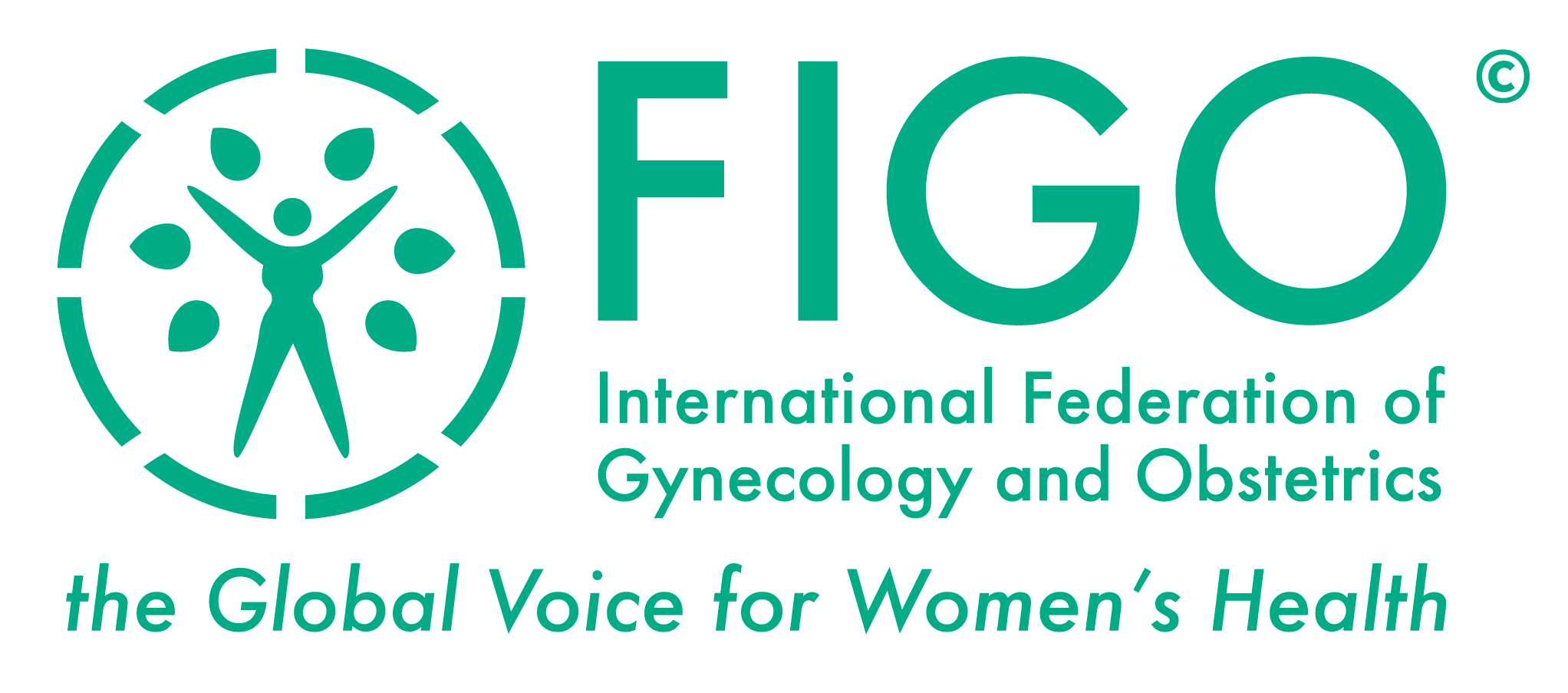Min J, Hughes EG, Young D (2010) Elective Single Embryo Transfer Following In Vitro Fertilization., 32 edn pp 363-77.
OBJECTIVE:
To review the effect of elective single embryo transfer (eSET) compared with double embryo transfer (DET) following in vitro fertilization (IVF), and to provide guidelines on the use of eSET in order to optimize live birth rates and minimize twin pregnancies.
OPTIONS:
Rates of live birth, clinical pregnancy, and multiple pregnancy following eSET and DET are compared.
OUTCOMES:
Live birth, clinical pregnancy, and multiple pregnancy rates, and cost-effectiveness.
EVIDENCE:
Published literature was retrieved through searches of PubMed, Medline, and The Cochrane Library in 2009, using appropriate controlled vocabulary (e.g., elective single embryo transfer) and key words (e.g., embryo transfer, in vitro fertilization, intracytoplasmic sperm injection, assisted reproductive technologies, blastocyst, and multiple pregnancy). Results were restricted to English language systematic reviews, randomized controlled trials/controlled clinical trials, and observational studies. There were no date restrictions. Searches were updated on a regular basis and incorporated in the guideline to November 2009. Additional references were identified through searches of bibliographies of identified articles and international medical specialty societies. Grey (unpublished) literature was identified through searching the websites of health technology assessment and health technology assessment-related agencies, clinical practice guideline collections, clinical trial registries, and national and international medical specialty societies.
VALUES:
Available evidence was reviewed by the Joint Society of Obstetricians and Gynaecologist of Canada-Canadian Fertility and Andrology Society Clinical Practice Guidelines Committee and the Reproductive Endocrinology and Infertility Committee of the Society of Obstetricians and Gynaecologists of Canada, and was qualified using the evaluation of evidence criteria outlined in the report of the Canadian Task Force on Preventive Health Care.
BENEFITS, HARMS, AND COSTS:
This guideline is intended to minimize the occurrence of twin gestations while maintaining acceptable overall live birth rates following IVF-ET. SUMMARY STATEMENTS 1. Indiscriminate application of eSET in populations with less than optimal prognosis for live birth will result in a significant reduction in effectiveness compared with DET. (I) 2. In women aged 38 years and over, eSET may result in a significant reduction in live birth rate compared with DET. (II-2) 3. Selective application of eSET in a small group of good-prognosis patients may be effective in reducing the overall multiple rate of an entire IVF population. (II-3) 4. Given the high costs of treatment, uptake of eSET would be enhanced by public funding of IVF treatment. (II-2) Recommendations 1. Patients should be informed of the reductions in both multiple pregnancy rate and overall live birth rate after a single fresh eSET when compared with DET in good-prognosis patients. (I-A) 2. Because the cumulative live birth rate after fresh eSET followed by transfer of a single frozen-thawed embryo is similar but not equivalent to the rate after fresh DET in good-prognosis patients, the eSET strategy should be used in order to avoid multiple pregnancy. (I-A) 3. Women aged 35 years or less, in their first or second IVF attempt, with at least 2 good quality embryos available for transfer should be considered good-prognosis patients. (I-A) 4. In order to maximize cumulative live birth rates following eSET, effective cryopreservation programs should be in place. (I-A) 5. In order to maintain the reduction in the rate of multiples achieved by fresh eSET, eSET should be performed in subsequent frozen-thawed embryo transfer cycles. (II-2A) 6. Because blastocyst stage embryo transfer generally increases the chance of implantation and live birth compared with cleavage stage embryo transfer, eSET should be performed in good-prognosis patients who have good quality blastocysts available. (I-A) 7. In women aged 36 to 37 years, eSET should be considered in good-prognosis patients with good quality embryos, particularly when blastocysts are available for transfer. (II-2A) 8. In oocyte donor-recipient cycles when the donor has good prognosis and when good quality embryos are available, eSET should be performed. (II-2B) 9. In women with medical or obstetrical contraindications to twin pregnancy, eSET should be performed. (III-B) 10. In order to achieve successful uptake of eSET, it is essential to provide patient and physician education regarding the risks of twin pregnancy and regarding the similar cumulative live birth rate following an eSET strategy and DET. (III-C) 11. When considering both direct health care and societal costs, it should be noted that live birth following eSET is significantly less expensive than DET in good-prognosis patients. (I-A) Therefore, from a cost-effectiveness perspective, eSET is indicated in good-prognosis patients. (III-A).
